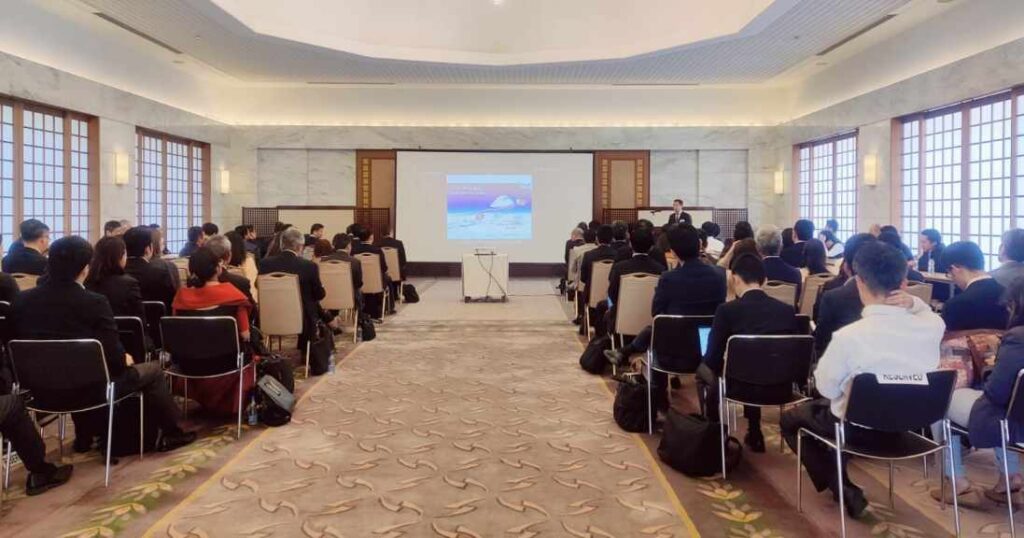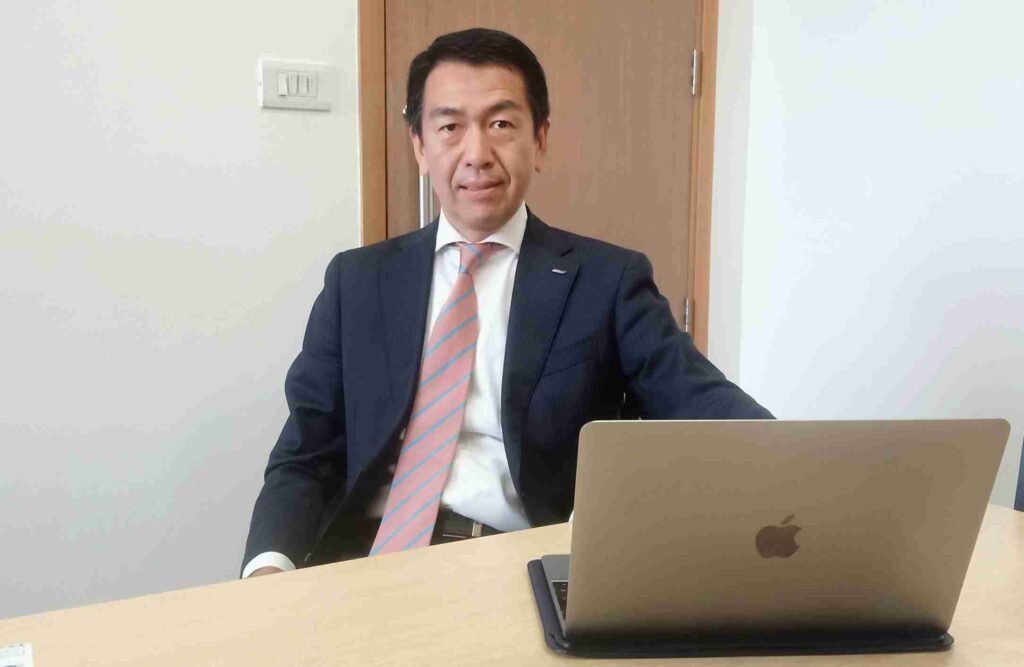Japanese companies urged to tap into India’s skilled workforce
During the Sanmokukai meeting, Tsuneya Katagiri (片桐 常弥), Country Manager - India , All Nippon Airways (ANA) made this appeal to the member companies of Japan Chamber of Commerce & Industry in India (JCCII).
NEW DELHI: This is the high time when Japanese companies should look towards India positively and start hiring its skilled human resource as its huge and relatively young workforce is gentle, sincere, and cheerful with high language skills. It becomes more significant when human resource-starved Japan’s birth-rate is declining and its population is aging fast, and Japan industry urgently requires skilled human resource.
Unfortunately, due to lack of knowledge about India and Indian people and its advantages or potential in Japan, and other factors, majority of Japanese companies continue to source human resources from other countries. Also not much publicity about the positive factors of India has been made in Japan.
Tsuneya Katagiri (片桐 常弥), Country Manager – India & GM – Delhi Office, All Nippon Airways Co. Ltd told this to the member companies of Japan Chamber of Commerce & Industry in India (JCCII) インド日本商工会 during the monthly Sanmokukai meeting held at the Embassy of Japan on April 25.
In a bid to address Japan’s severe human resource shortage, Tsuneya Katagiri urged Japanese companies to reconsider their hiring strategies and explore the potential of India’s skilled workforce. He emphasized the need for Japanese firms to look beyond traditional recruitment avenues and consider India’s abundant talent pool.

Japan is currently facing a demographic crisis with a declining birthrate and an aging population, leading to a scarcity of young workers, particularly in rural areas. Recognizing India’s status as the world’s most populous country since 2023, Katagiri highlighted the demographic dividend offered by India’s youthful population. He described Indian workers as possessing qualities such as good character, sincerity, and high language skills, making them valuable assets for Japanese companies.
Despite India’s potential, Katagiri noted a lack of awareness among Japanese firms about the country’s advantages and its workforce. The prevailing image of India among Japanese businesses often revolves around stereotypes, including perceptions of dark skin, strong facial features, and differences in eating habits.
Addressing these misconceptions, Katagiri emphasized the similarities between Indian and Japanese cultures, such as a shared appreciation for anime and similarities in facial features and eating habits, particularly among people from the northeastern region of India.

To bridge this gap in understanding, efforts are underway to promote greater awareness and cooperation between the two countries. Initiatives include facilitating direct exchanges between sending organizations in India and supervising organizations in Japan, as well as promoting better understanding of India and its people through various channels, including media outlets and industry seminars. These efforts aim to facilitate smoother integration of Indian workers into Japanese companies and industries facing shortages, including accommodation, nursing care, agriculture, and construction.
Recent developments show progress, with an increase in the number of certified sending organizations in India and greater transparency in recruitment processes, reducing the influence of malicious brokers. However, challenges persist, including poor connections between Indian sending organizations and Japanese supervising organizations, as well as a lack of promotion of India’s potential in Japan.
As Japan continues to grapple with its demographic challenges, the call to tap into India’s skilled workforce grows louder. By fostering greater collaboration and understanding between the two nations, opportunities abound for mutually beneficial partnerships that can address Japan’s labor shortages while providing Indian workers with valuable employment opportunities abroad.


